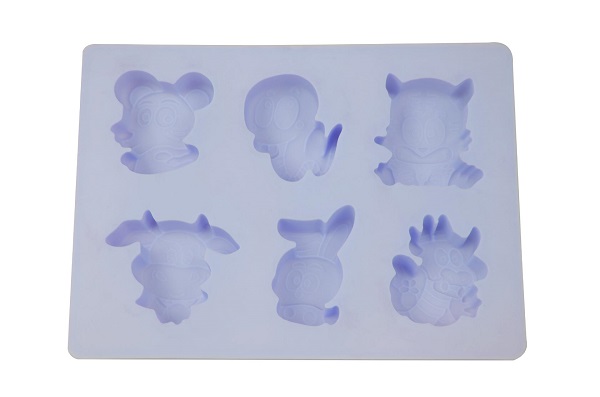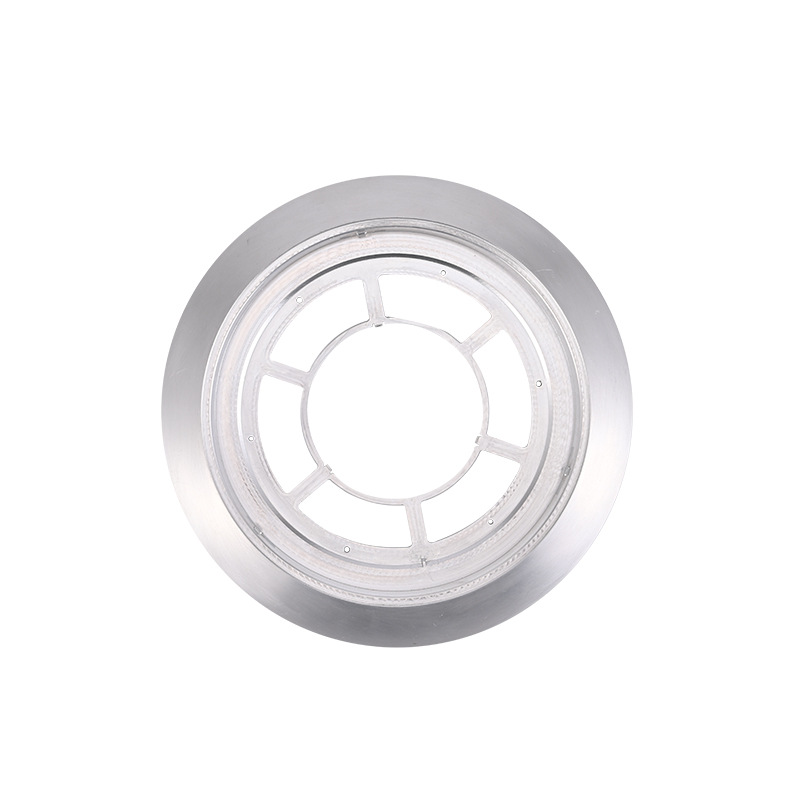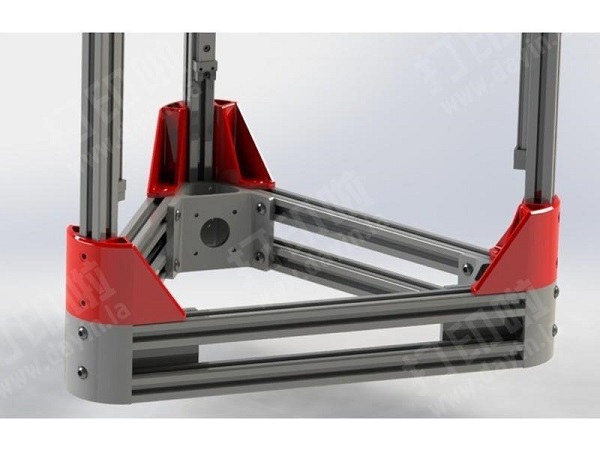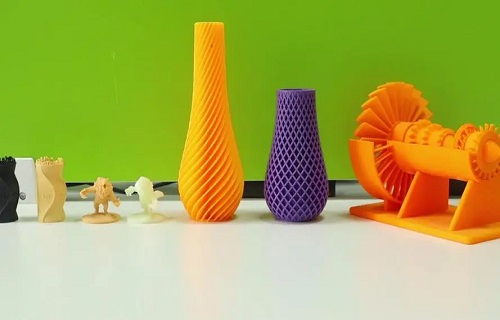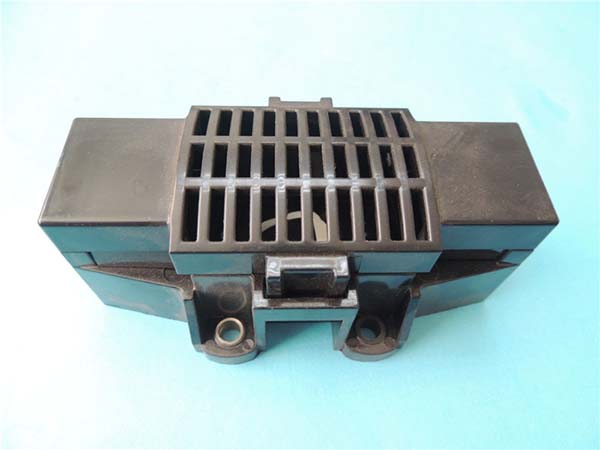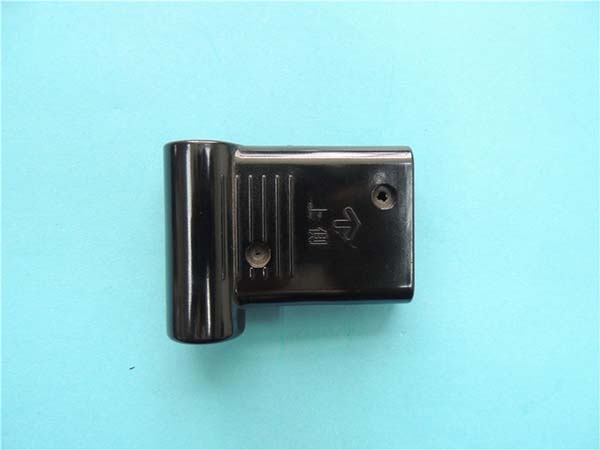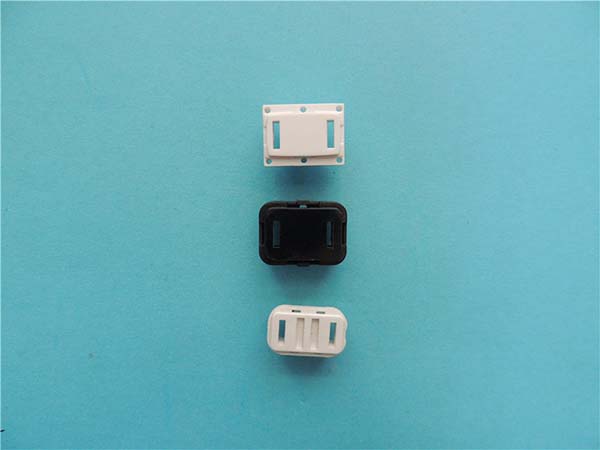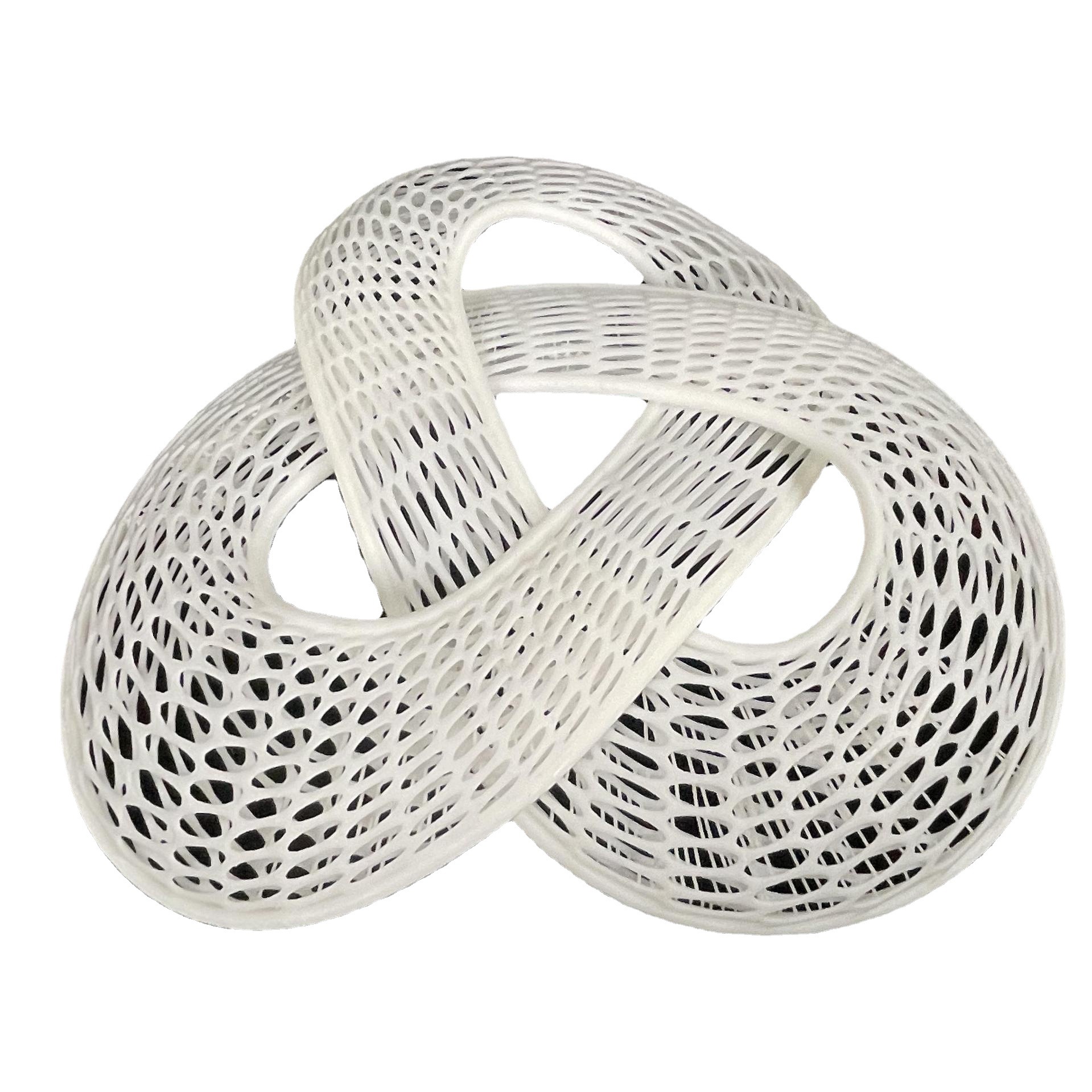Introduction
In the ever - evolving landscape of manufacturing and prototyping, FDM 3D printing services have emerged as a game - changing solution. But what exactly are FDM 3D printing services? FDM, which stands for Fused Deposition Modeling, is a widely - used 3D printing technology. It involves melting a thermoplastic filament and extruding it layer by layer to create a three - dimensional object based on a digital 3D model. This method has found its way into various industries, from product design and engineering to education and art. In this article, we will explore different aspects of FDM 3D printing services, such as their applications, advantages, material options, and how to choose the right service provider, aiming to help you make informed decisions when considering this technology for your projects.
How Does FDM 3D Printing Work?
FDM 3D printing operates on a relatively straightforward yet ingenious principle. First, a 3D model is created using computer - aided design (CAD) software or obtained from a 3D scanner. This digital model serves as the blueprint for the physical object that will be printed.
The printer is loaded with a spool of thermoplastic filament, which is the raw material for the printing process. Common types of filaments include PLA (Polylactic Acid), ABS (Acrylonitrile Butadiene Styrene), and PETG (Polyethylene Terephthalate Glycol).
Once the printer is set up, the process begins. The filament is fed into a heated extruder nozzle. The temperature of the nozzle is precisely controlled, typically ranging from 180°C to 250°C depending on the type of filament. For example, PLA usually melts at around 180 - 220°C, while ABS requires a higher temperature of about 220 - 250°C. As the filament enters the hot nozzle, it melts into a semi - liquid state.
The nozzle then moves in a pre - programmed path, guided by the G - code generated from the sliced 3D model. The melted material is extruded layer by layer onto a build platform. Each layer is typically very thin, ranging from 0.1 mm to 0.4 mm. As the material is deposited, it cools and solidifies almost immediately, bonding to the previous layer.
The build platform can move vertically, allowing for the creation of multiple layers. For instance, if you are printing a small figurine that is 50 mm tall and the layer height is set to 0.2 mm, the printer will deposit 250 layers to complete the object. Over time, through the continuous deposition and solidification of these layers, a three - dimensional object gradually takes shape.
How to Choose the Right FDM 3D Printing Service Provider?
Selecting the right FDM 3D printing service provider is crucial for the success of your project. Here are some key factors to consider:
Consider Equipment and Technology
Advanced equipment is the foundation of high - quality FDM 3D printing. Leading - edge printers often come with features like high - precision motion control systems, which can ensure that the extruder moves precisely, resulting in layers that are evenly deposited. For example, some top - tier printers have a positioning accuracy of ±0.01 mm. The technology used in the printer also matters. Newer FDM technologies may offer faster printing speeds without sacrificing quality. A service provider that invests in the latest equipment and technologies is more likely to meet your project requirements in terms of both quality and timeliness.
Look at Material Options
The range of materials a service provider can offer is another important aspect. Different projects may require different materials. For instance, if you are creating a prototype for a consumer product that needs to be lightweight and has good aesthetic properties, PLA might be a great choice. On the other hand, if you need a part that can withstand high temperatures and mechanical stress, ABS or PETG could be more suitable. A reliable service provider should be able to offer a variety of high - quality filaments, including not only common materials but also specialized ones such as nylon - based filaments for applications that require high strength and abrasion resistance.
Read Customer Reviews
Customer reviews are a goldmine of information. They can give you insights into the actual experience of previous clients. Positive reviews about fast turnaround times, excellent print quality, and good customer service are all indicators of a reliable service provider. For example, if many customers praise a provider for delivering projects ahead of schedule without compromising on quality, it shows that the company is efficient and committed. Conversely, negative reviews about issues like poor print quality, missed deadlines, or unresponsive customer service should be taken seriously. Reading a wide range of reviews on platforms like Google Reviews, Yelp, or industry - specific forums can help you make a more informed decision.
Yigu Technology's View
Yigu Technology, as a non - standard plastic metal products custom supplier, holds an optimistic view on FDM 3D printing services. They believe that the future of FDM 3D printing services is promising, with the technology continuously breaking through its limitations. Yigu Technology focuses on material innovation and technological improvements. They are committed to researching and developing new materials that can better meet the needs of different industries, such as materials with higher strength, heat resistance, and chemical resistance.
In terms of technology, Yigu Technology is constantly working on improving the precision and speed of FDM 3D printing. By optimizing the printing process and equipment, they aim to provide customers with more efficient and high - quality customized services. Whether it is for small - batch production in the automotive industry or the creation of complex prototypes in the aerospace field, Yigu Technology is dedicated to meeting the diverse needs of different industries, striving to provide more excellent solutions through FDM 3D printing services.
FAQs
What types of files are required for FDM 3D printing?
Common file formats for FDM 3D printing include STL (Standard Tessellation Language) and OBJ (Wavefront OBJ). STL is the most prevalent format, supported by nearly all 3D printers and software. It's simple in structure, with a relatively small file size, making it convenient for storage and transfer. However, it only contains geometric information about the model's shape, lacking details like color and material. OBJ format, on the other hand, can describe more complex 3D models and is also supported by many 3D modeling software and some 3D printers. It can store additional information such as color, though it may have larger file sizes.
How much does FDM 3D printing service usually cost?
The cost of FDM 3D printing services is influenced by multiple factors. These include the type of material used (e.g., PLA is generally less expensive than more specialized filaments like nylon - based materials), the size and complexity of the 3D model (larger and more complex models require more material and longer printing times), and any post - processing requirements (such as polishing or painting). On average, for small and simple models, the cost can start from as low as \(20 - \)50. For medium - sized and moderately complex parts, it may range from \(50 - \)200. Larger, more intricate projects can cost $200 or more.
Can FDM 3D printing be used for mass production?
FDM 3D printing has certain applications in mass production, but it also has limitations. One advantage is its flexibility, as it can produce customized parts without the need for expensive molds, which is beneficial for small - to medium - scale mass production of personalized products. However, compared to traditional mass - production methods like injection molding, FDM 3D printing is generally slower. The layer - by - layer printing process means that it takes a significant amount of time to produce a large number of parts. Additionally, the surface finish and dimensional accuracy of FDM - printed parts may not be as high as those produced by some traditional manufacturing techniques, which could be a concern for high - volume production of parts with strict quality requirements. So, while it can be used for mass production in some cases, it may not be the most suitable choice for large - scale, high - volume manufacturing of highly standardized products.
